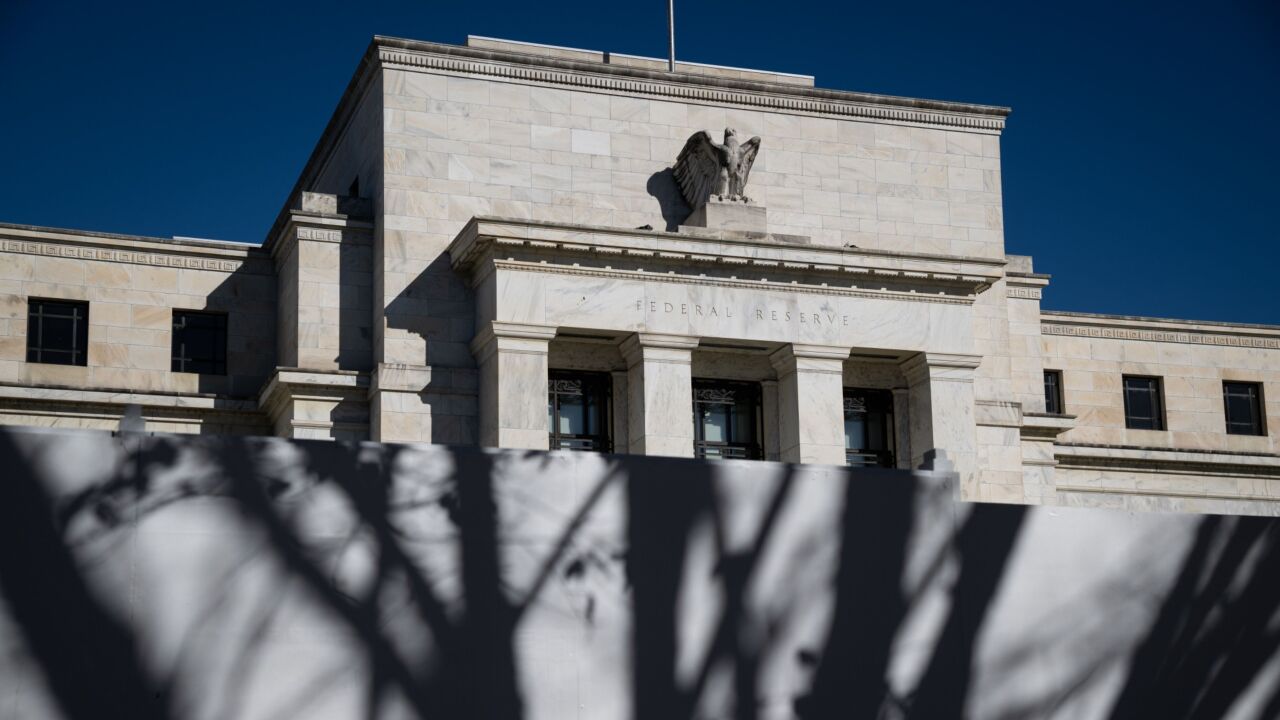The number of Chinese securitization projects has almost doubled this spring. The sudden burst of activity brought the total number of securities industry securitization projects up to seven - but lagging legislation is hindering the growth of this market in the securities industry.
In the banking industry last year, two of China's biggest banks - China Construction Bank and China Development Bank - issued securitization projects. But there's been no movement in this sector this year at all.
According to experts, that's because China's banking system is currently flooded with cash as a result of government bailouts and overseas IPOs.
The two separate and distinct securitization tracks in China - in the securities industry and in the banking sector - are governed by separate regulatory bodies and have different standards and procedures.
Securities sector moves ahead
While firms are frustrated by the slow pace of regulatory change, the securities regulators have actually made some strides this year on the securitization front, says Joanna Dong, associate director of structured finance at the Beijing office of New York-based Fitch Ratings.
China Securities Regulatory Commission (CSRC), China's answer to the Securities and Exchange Commission, regulates this sector. Last year, the agency established a securitization category called Specific Asset Management Plans (SAMP), which allows securities firms to set up special-purpose funds backed by corporate receivables.
So far, securities firms have issued five SAMPs, totaling almost 23 billion RMB. (See table.)
Review procedures and approvals for the SAMPs are relatively simple, which makes them attractive to corporations and securities firms. They also provide a low-cost source of funds for the issuers. China Netcom, for example, was able to save more than 200 basis points over traditional bank financing, Dong says.
To help the market further, the CSRC extended stock exchange trading times in March, the same day when the China Netcom project was launched. And, in May, the range of investors allowed to put money into these projects was extended to include fund management firms.
The CSRC also clarified the SAMPs' tax situation, so that the trust is taxed on the interest income of the underlying assets, says Jet Zhou, director of structured finance in Fitch Ratings' Beijing office.
And, on the accounting side, originators can now remove the ABS from their balance sheets if 95% of the risk and return associated with the assets has been transferred to others, he said.
However, significant legal issues still remain for SAMPs. For example, it's unclear what happens to a SAMP in case of an originator's bankruptcy, Dong says. As a result, all existing SAMPs have been packaged with guarantees from banks or securities firms' parent companies.
In addition, only financial institutions are allowed to issue these securities, Zhou says. "This will likely limit the growth of the securitization market."
Banking lags
Unlike SAMPs, which are traded on the stock exchanges, banking industry securitization projects can only be traded on China's interbank market.
Unlike the securities industry, which is dominated by small, nimble firms, the Chinese banking sector is mostly noted for its state-owned behemoths. Struggling with nonperforming loans, begging the government for bailouts, and conducting record-breaking Hong Kong IPOs - the banks have mostly been too busy deal with securitization projects, and regulators have had more than enough on their plates, as well.
A partner with an international IPO consulting firm, who did not want his name to be used, pointed out that securitization projects require good risk controls and corporate governance - which many state-owned enterprises, even ones which have listed overseas, don't yet have.
"Just judging by the financial reports, they look healthy," he says. "But actually, there are negative facts which are not reported."
Some banking projects are in the works, however. The Bank of Communications, one of China's big four' banks, is currently designing ABS projects, said Reena Huang, treasurer of the bank's international banking department.
According to Fitch, future banking securitization projects are also likely to be collateralized loans or RMBS.
The motivation for the new projects will most probably be to adjust a bank's asset and liability structure and to gain securitization experience.
Meanwhile, the banks have to wait for the banking regulators - People's Bank of China and the China Banking Regulatory Commission - to give the go-ahead for new projects.
They have just finished reviewing the two existing banking securitization projects.
The regulators submitted their report to China's State Council, which now has to approve the expansion of the securitization market.
However, approval is expected to come before the end of the year, says Fitch's Zhou.
China's Securitization Projects
China Development Bank (banking sector)
Dec. 2005: 4.2 billion RMB, backed by corporate loans from the electricity and construction sectors
China Construction Bank (banking sector)
Dec. 2005: 3 billion RMB, backed by residential mortgage-backed securities
China Unicom (securities sector)
Dec. 2005: 9.5 billion RMB, backed by network rental receivables
Handled by China International Capital Corp. (CICC)
Guangdong Toll Road (securities sector)
Dec. 2005: 580 million RMB, backed by toll road receivables
Handled by GF Securities
China Netcom (securities sector)
Mar. 2006: 10.3 billion RMB, backed by network rental receivables
Handled by CICC
Huaneng Lancangjiang Hydropower (securities sector)
May 2006: 2 billion RMB, backed by electricity sale receivables
Handled by China Merchants Securities
Fareastern Equipment (securities sector)
May 2006: 486 million RMB, backed by leasing receivables
Handled by Orient Securities
- Maria Trombly with additional reporting by Wendy Yu
(c) 2006 Asset Securitization Report and SourceMedia, Inc. All Rights Reserved.
http://www.asreport.com http://www.sourcemedia.com





